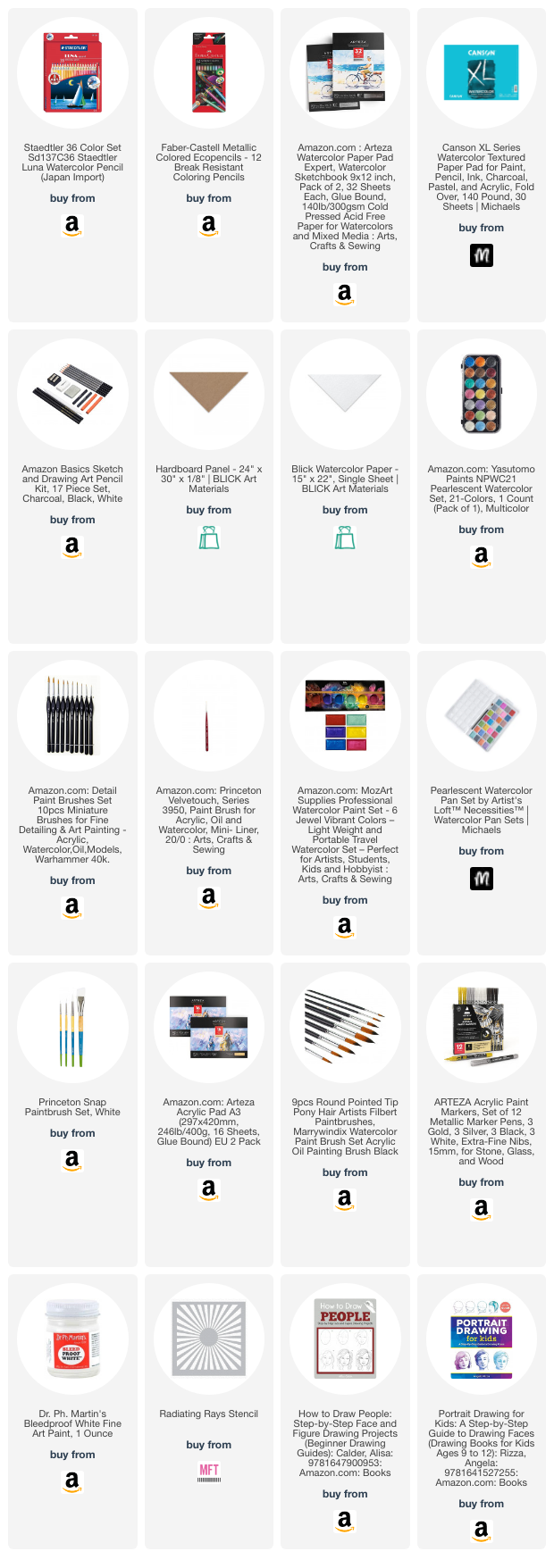My Journey: How I Learned to Draw Faces 🎨
Drawing faces has always fascinated me. There’s something magical about capturing emotions, expressions, and personality on paper. But when I first started, it felt impossible—eyes were uneven, noses looked strange, and proportions were all over the place. If you’ve ever struggled with drawing faces, trust me, I’ve been there too. In this post, I’ll share my journey, the struggles I faced, and the steps that helped me improve.
The Beginning: Where I Started
Like many artists, I began by doodling faces in my notebooks. I had no idea about proportions or structure, so my sketches looked cartoonish and inconsistent. I tried copying from photos, but I often got frustrated when things didn’t turn out the way I imagined.
At one point, I almost gave up. But then I realized—drawing is a skill that can be learned with practice and patience. So, I decided to commit to improving.
The Learning Process
1. Understanding Basic Proportions
One of the biggest breakthroughs for me was learning the basic structure of the face. I discovered the Loomis method, which uses a simple sphere and guidelines to build the head. This helped me place features more accurately instead of guessing where things should go.
2. Studying Facial Features Individually
Instead of trying to draw a complete face all at once, I broke it down:
-
Eyes: I practiced different eye shapes and expressions. I learned that the upper eyelid is usually darker and that small details like eyelashes and reflections make a huge difference.
-
Noses: Instead of outlining the nose, I focused on shading to create depth.
-
Lips: Understanding how light hits the lips helped me make them look more realistic.
-
Ears: Honestly, ears were tricky, but breaking them into simple shapes made them easier to draw.
3. Observing and Sketching Daily
I started sketching faces every day, using references from photos, movies, and even people around me. I also studied how light affects the face—shadows and highlights can completely change the mood of a portrait.
4. Learning from Other Artists
Watching tutorials and analyzing different art styles helped me figure out what I liked. Some artists focused on realism, while others had a more stylized approach. I experimented with different techniques until I found a style that felt natural to me.
Overcoming Challenges
There were times when I felt stuck, like my drawings weren’t improving. Here’s what helped me push through:
-
Comparing progress: Looking back at my old sketches reminded me how far I had come.
-
Experimenting with different mediums: Trying digital art, charcoal, and watercolor gave me fresh perspectives.
-
Taking breaks: Stepping away from my art and coming back later helped me see mistakes more clearly.
Where I Am Now
I’m still learning, and that’s the beauty of art—it’s a continuous journey. I’m now more confident in drawing faces, but I also know there’s always more to explore. If you’re struggling with drawing faces, don’t give up! You'll see improvement with practice, patience, and the right techniques.
Have you tried drawing faces before? What challenges have you faced? Let’s share our experiences in the comments!

Follow me on Instagram, Facebook, Pinterest, and YouTube!
I get asked a lot about where to purchase the supplies I use in my videos and blog posts. I list all the supplies I use at the end of my posts (below)











No comments:
Post a Comment